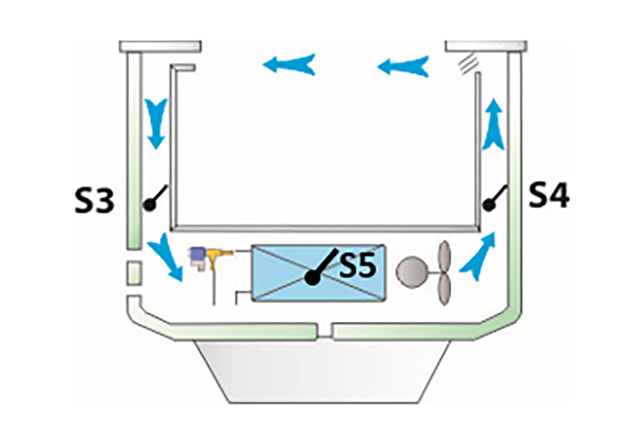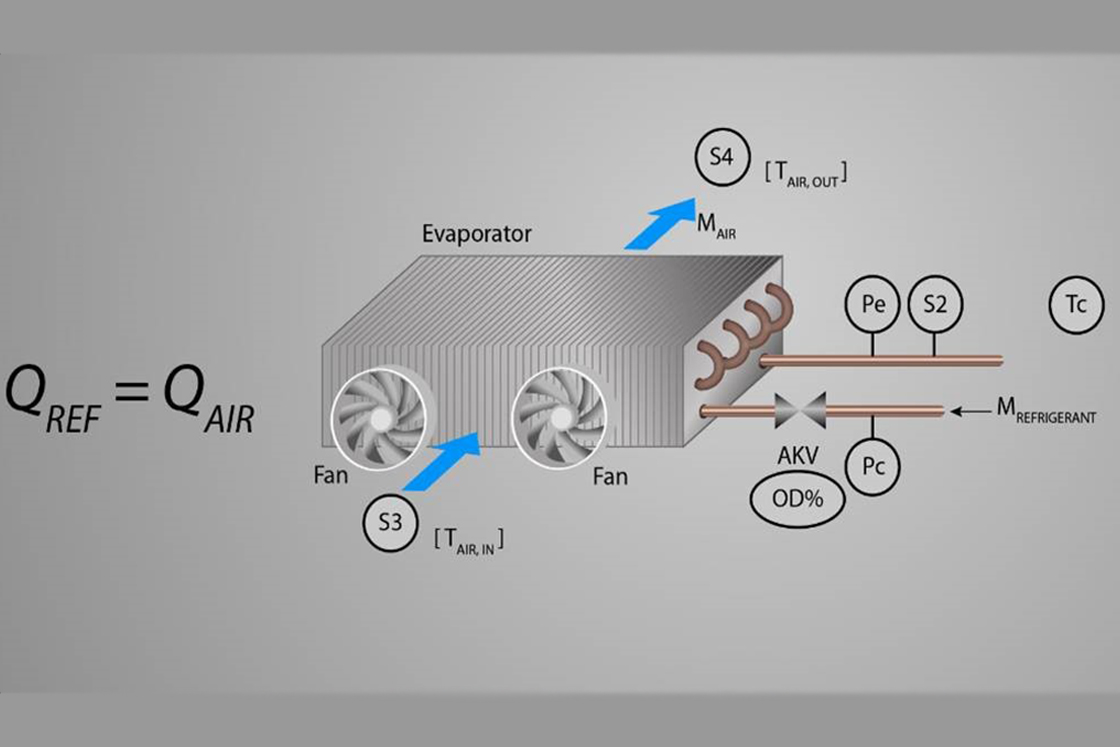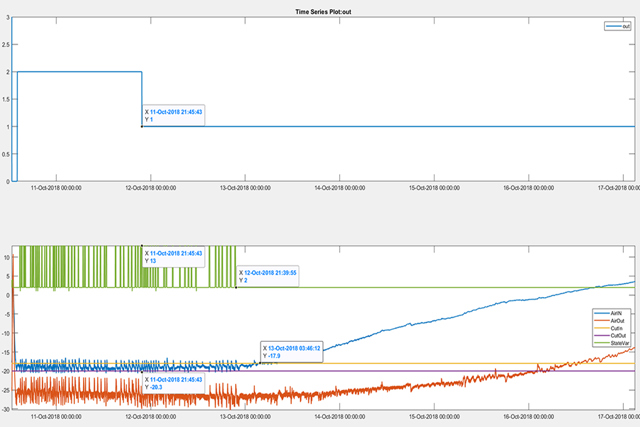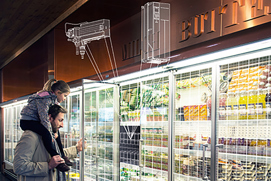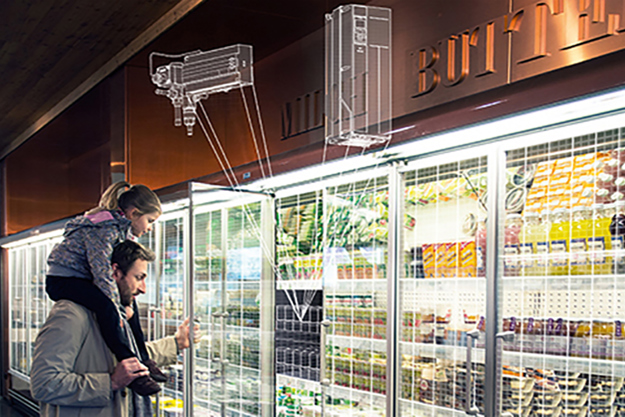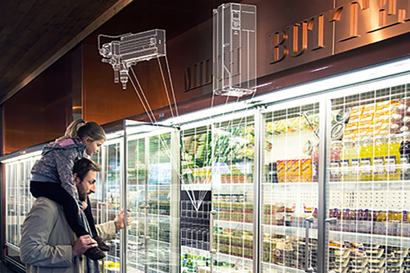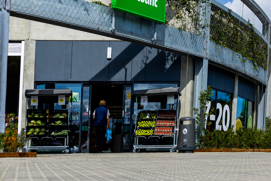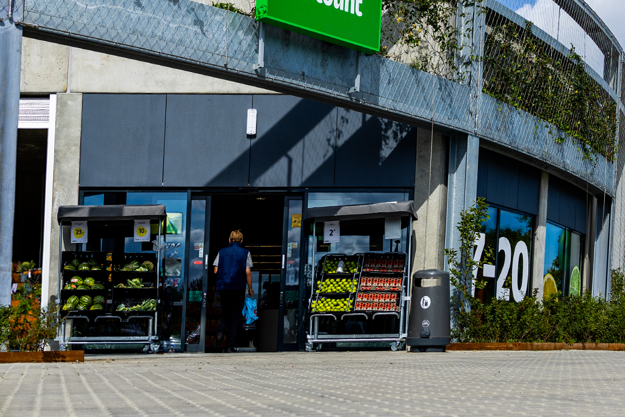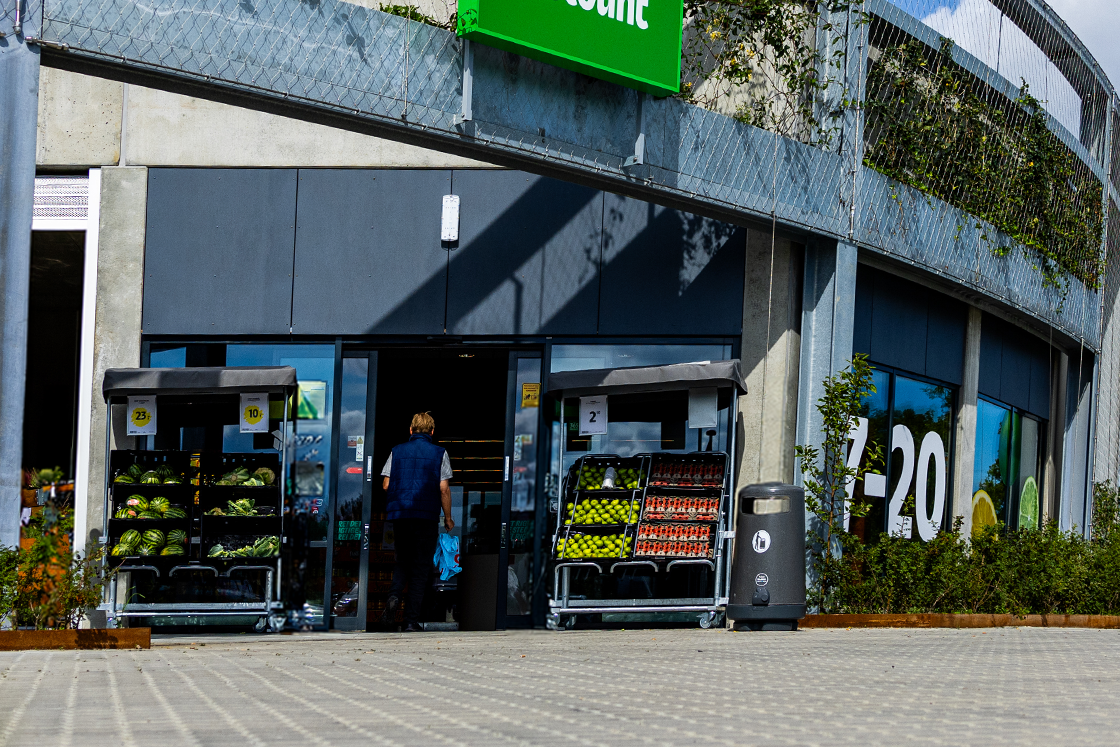Before digging into the secret of Danfoss adaptive defrost, let’s first take a look at the most common methods of defrosting refrigerated display cases, and why they’re necessary.
Why is defrost necessary?
Ice can form in refrigerated display cases due to several factors such as humidity, evaporator surface temperature, and even air flow. If display cases aren’t regularly defrosted, ice can build on the evaporator and air flow will be restricted or stop altogether—resulting in reduced and inefficient cooling.
Poor airflow will result in high display case temperatures, generating high temperature alarms. High air temperatures over long periods will harm food quality and can often lead to food loss.
But while defrosting is necessary for safe and efficient operations, there’s a balance that needs to be struck.
Infrequent or short defrost cycles can also cause ice to build on the evaporator—risking a premature service call. Whereas too many defrost cycles performed for too long can have a negative impact on food quality. This can also create excess energy consumption.
Why is adaptive defrost so smart?
Because humidity, ambient temperature, and air flow can vary significantly—due to overfilling or cold room doors left open—even an optimum defrost schedule can’t fully account for the wide-ranging operating conditions.
That’s why an adaptive defrost control algorithm is needed to ensure the right number of defrost cycles are carried out based on real-time conditions.
Typical methods of defrosting (state-of-the-art)
Danfoss AK-CC evaporator controllers feature a flexible defrost control function that allows users to set up a variety of defrost methods, along with a range of defrost start and stop methods.
Find more information about our solutions
-
if (isSmallPicture) {


 Case controls
Case controlsYour refrigeration system is the natural place to look for energy efficiency gains. To unlock that potential, you need a controller, expansion valve, and high accuracy sensors that are smart enough to make the technology work together—and a system manager that can help you see and control the bigger picture.
-
if (isSmallPicture) {


 Smart Store
Smart StoreThe Smart Store solution enhances food safety and brings down the energy bill by integrated and smart control of refrigeration, HVAC, lighting and other applications.

